Best Hardscape Landscaping Materials for Portland Backyards
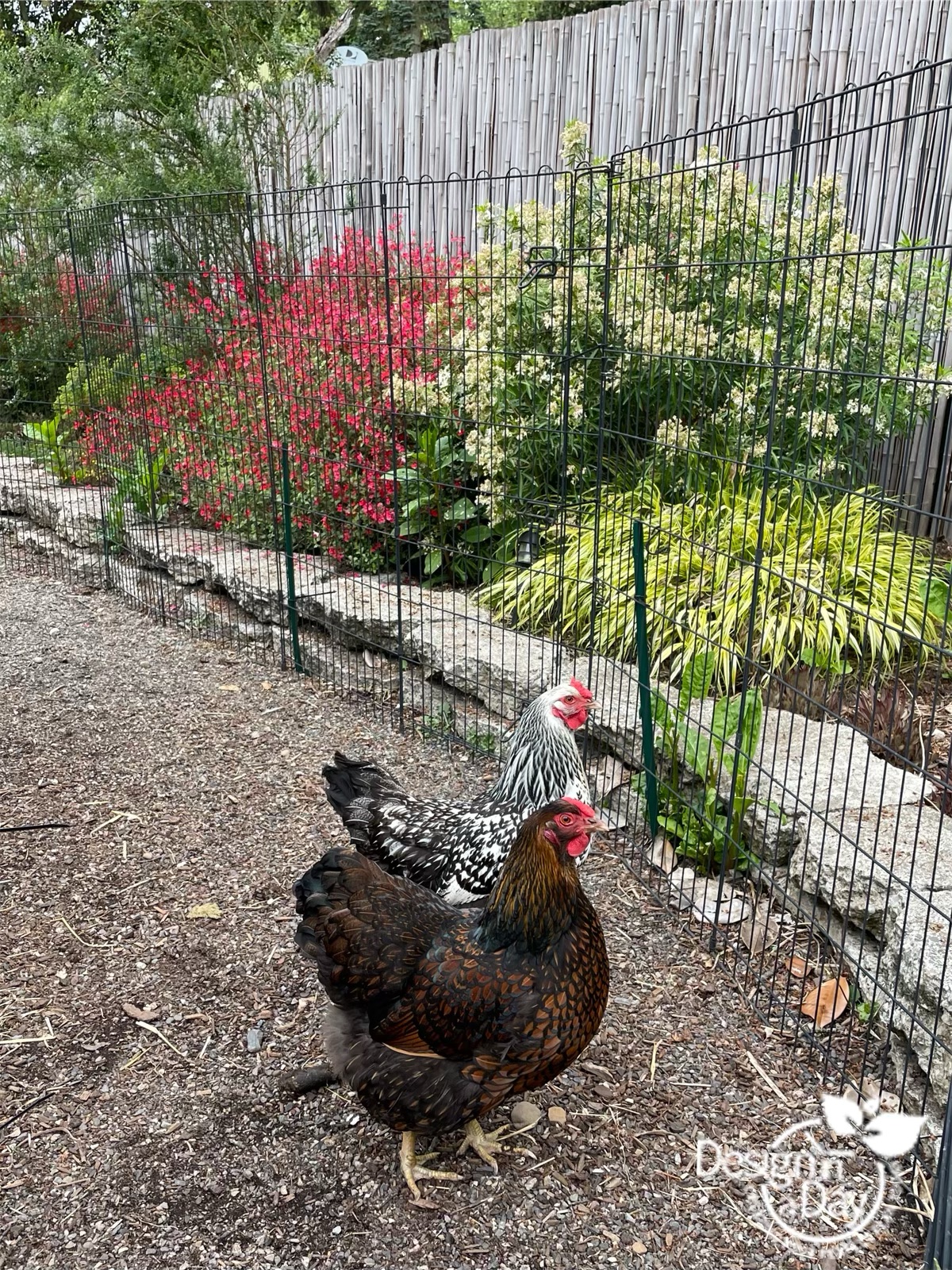
NE Portland backyard path with crushed rock and pet chickens.
Here are some of my favorite backyard paths and patios from landscape designs here in Portland!
Paths are a key element in any landscape design. How we walk and move in a landscape is what shapes the design. Selecting the best materials for these surfaces for function and style, makes the design come alive.
Crushed Rock is a Versatile Surface
Crushed rock fits modern and naturalistic landscape styles and is significantly more affordable than poured concrete or pavers.
It lends a soft and natural look to a NW Natural backyard landscape. However crushed rock when crisply defined by steel edging is perfect for a modern or minimalist landscape too.
Water permeable crushed rock surfaces for your paths will allow water to find its way down into the earth instead of running off into the street and sewer.
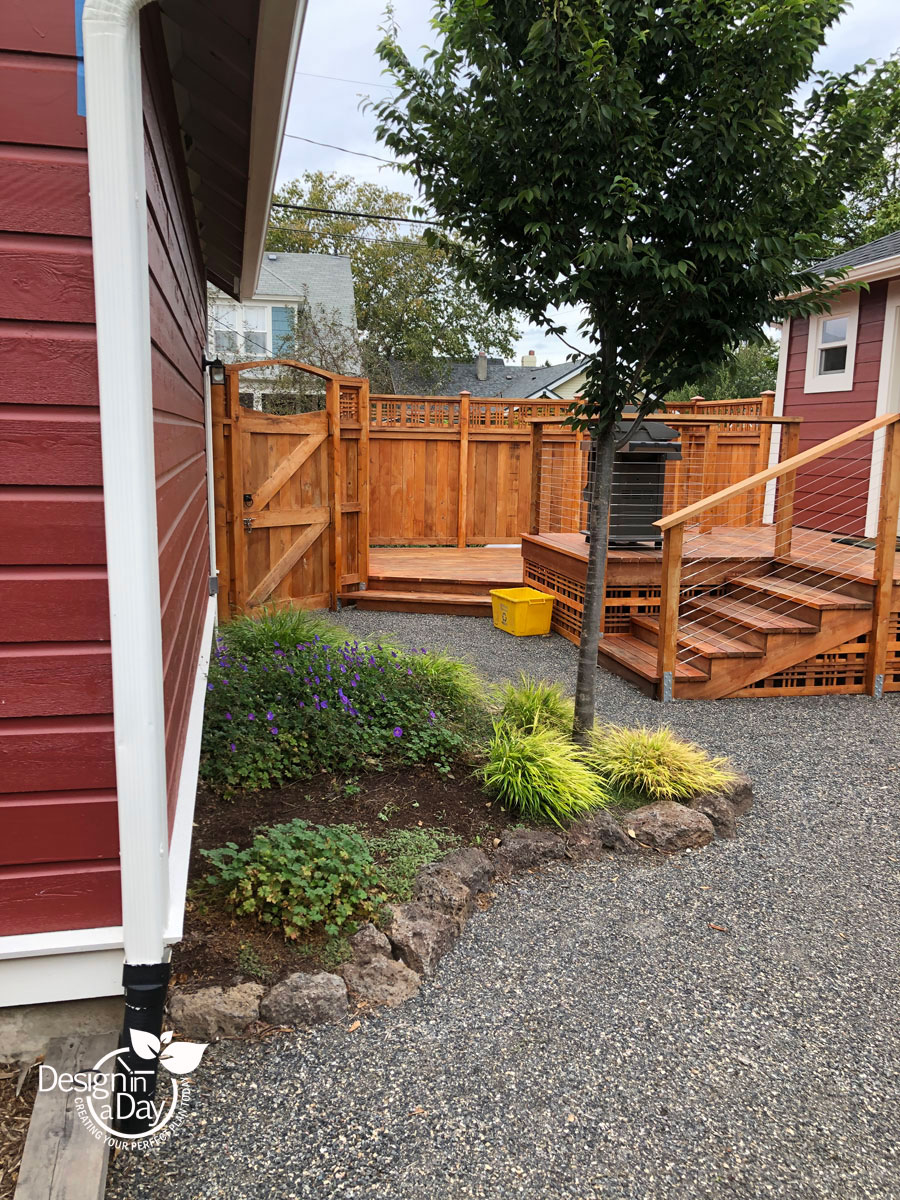
Crushed rock in Woodlawn Neighborhood fits the naturalistic style of the garden.
Compacted crushed rock surfaces do not allow rainwater to filter through to the earth. With professional grading the winter rain water can be directed away from the house and/or into a catch basin or other mechanical means of collecting water. A licensed landscape contractor is qualified to create systems to manage winter rain water.
Colors of Crushed Rock
Decomposed granite – the names of the colors change with each stone yard which is sure confusing but here in these photos you are looking at a soft gold tan or a cream rose color. My clients like the look and I agree it adds visual elegance to the landscape design. I prefer the cream rose color over the gold typically.
I’m also perfectly happy with the dark gray of locally sourced basalt. Gray looks so good with the greens, limes and golds of plant foliage and it’s more affordable than the decomposed granite.
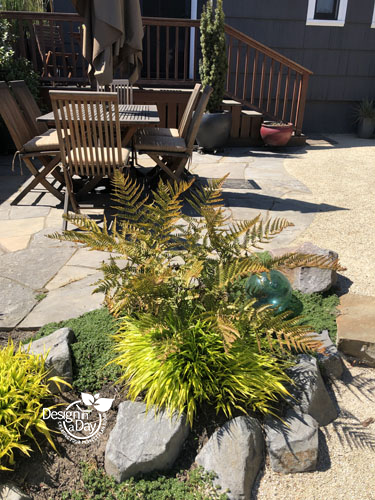
Irvington neighborhood backyard patio and path materials blend beautifully.
The Cons of using Decomposed Granite
After a few years you will need to top up your patio surface because it has gotten thin, and the color you installed may not be available. Rock is different colors from different areas or even within the same mountain.
Granite is not local and is trucked from the east coast. This uses a lot of fossil fuels. We have a locally sourced attractive basalt rock here in Oregon which is gray and harder than the decomposed granite. It won’t need to be topped up as often and doesn’t cost such a high price on the environment.
Granite is significantly more expensive then local basalt.

Crushed rock acts as a top dressing for this drought tolerant garden in N Portland.
Top Dress Planting Beds with Crushed Rock for Drought Tolerant Plantings
Crushed rock can also be used as an attractive mulch for drought tolerant plantings. This garden in N Portland shows crushed rock all around these heat and drought tolerant plantings. Using the crushed rock as mulch on these slightly bermed planting beds helps protect the plants from our heavy winter rain. The rain rolls off the crown of the plants roots in the winter and adds needed oxygen to the soil. Here are narrow evergreen Italian Cypress’ Tiny Towers’ with 2 different varieties of California lilac, fountain grass and sedums for this hot south facing bermed garden.
Crushed Rock Can be the Stair Riser
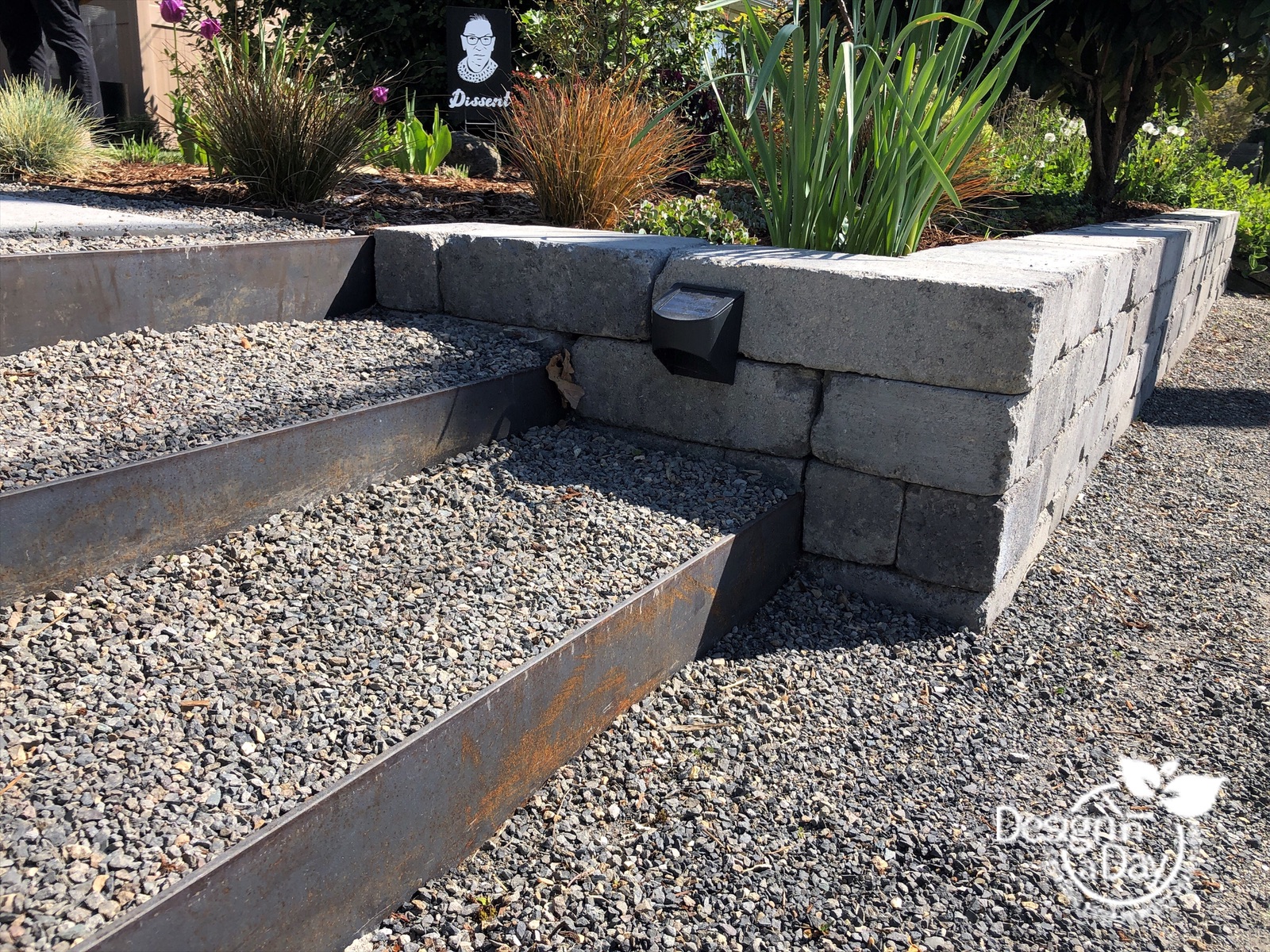
Modern Landscape Style Entry in Kenton Neighborhood of N Portland.
Sadly, pea gravel is sometimes used for a path, patio or even as the top dressing for a planting bed but never in my designs. It is not crushed or angled, it is round and does not stay put. It will go all over your yard, out into the street and can actually roll under your feet as you walk and cause falls. Pea gravel makes an unsafe surface for a stair tread. It has a softer visual look and people fall for its’ quiet beauty and then later deeply regret using it.
Are you considering a new landscape with paths, sitting areas, patios or firepits? Contact us, we know how to shape your backyard paths and patio to make everything flow with the best use of space. Let’s pick the materials that will best fit your preferred landscape style.

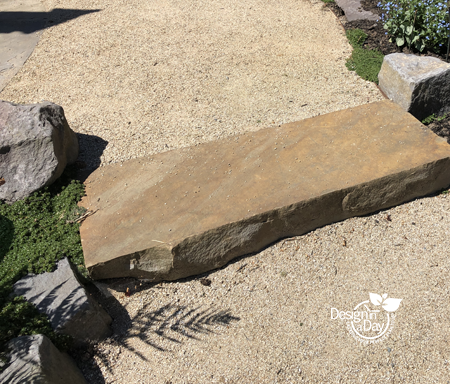
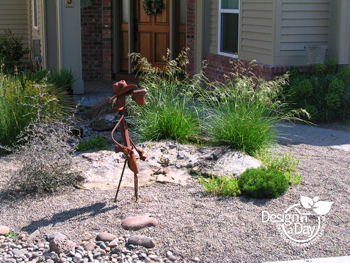
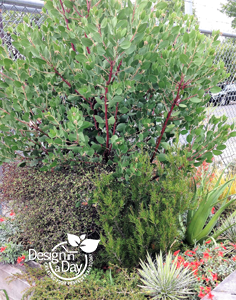
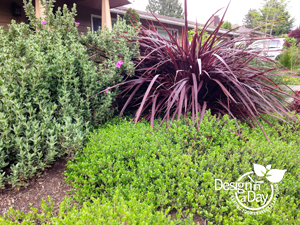
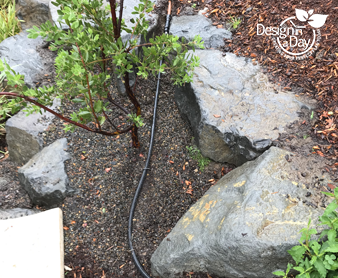
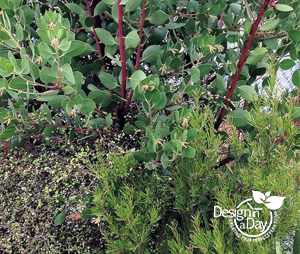
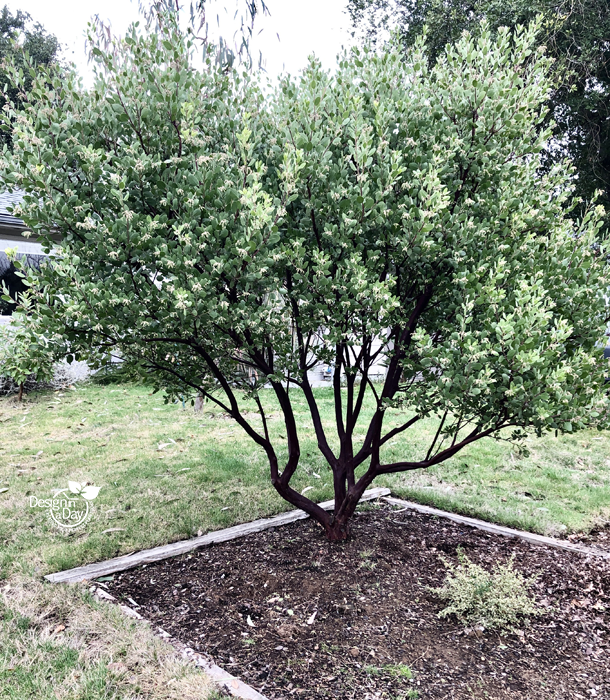
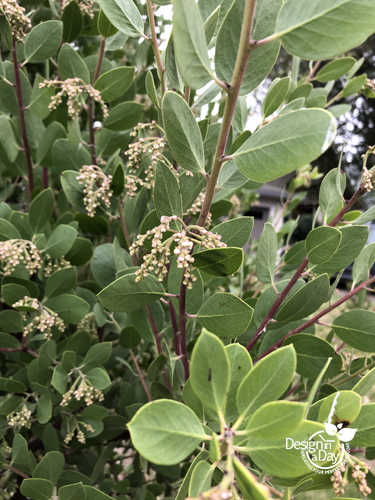
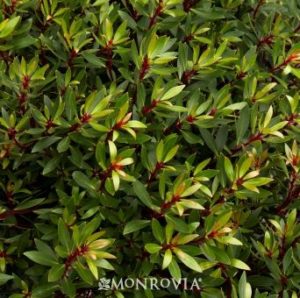
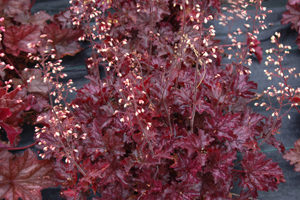 burgundy.
burgundy.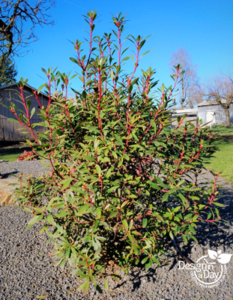
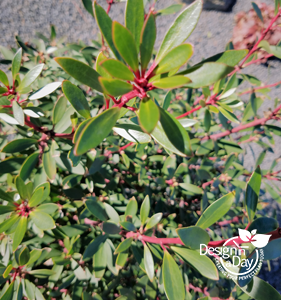 East winter wind
East winter wind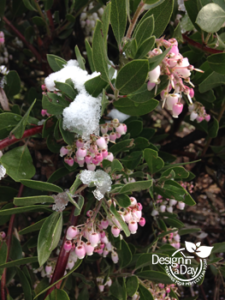
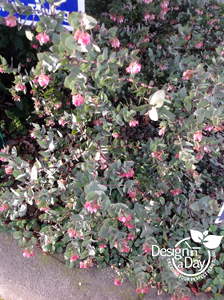
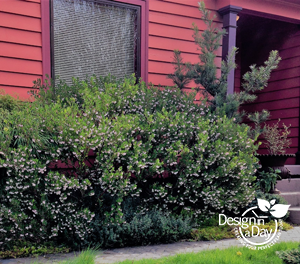
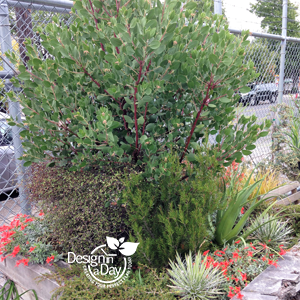 One of the common mistakes with Manzanita is to underestimate the width of the shrubs and small trees. Most cannot be pruned heavily and can be rendered so unattractive by pruning that tries to contain them, they will be removed. If you have no pruning skills (and most people don’t) be sure to place these plants where they have room to mature with yearly tip pruning only.
One of the common mistakes with Manzanita is to underestimate the width of the shrubs and small trees. Most cannot be pruned heavily and can be rendered so unattractive by pruning that tries to contain them, they will be removed. If you have no pruning skills (and most people don’t) be sure to place these plants where they have room to mature with yearly tip pruning only.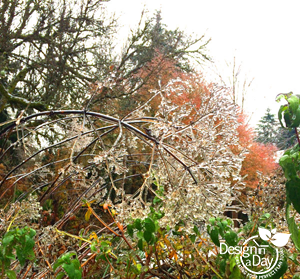
 Examine the equipment
Examine the equipment


